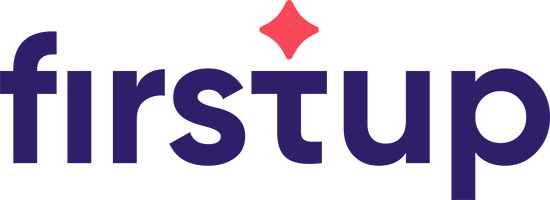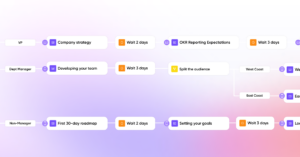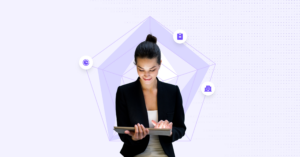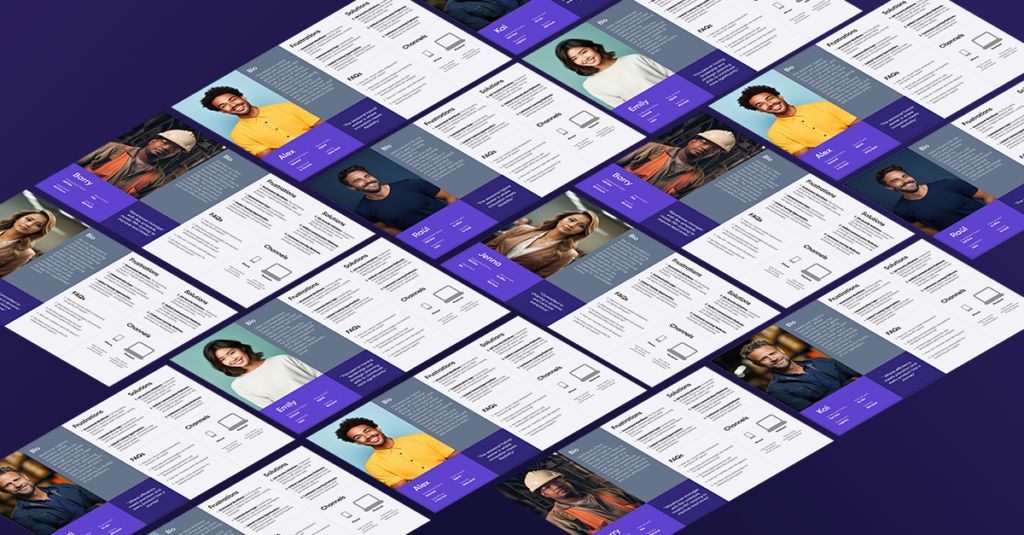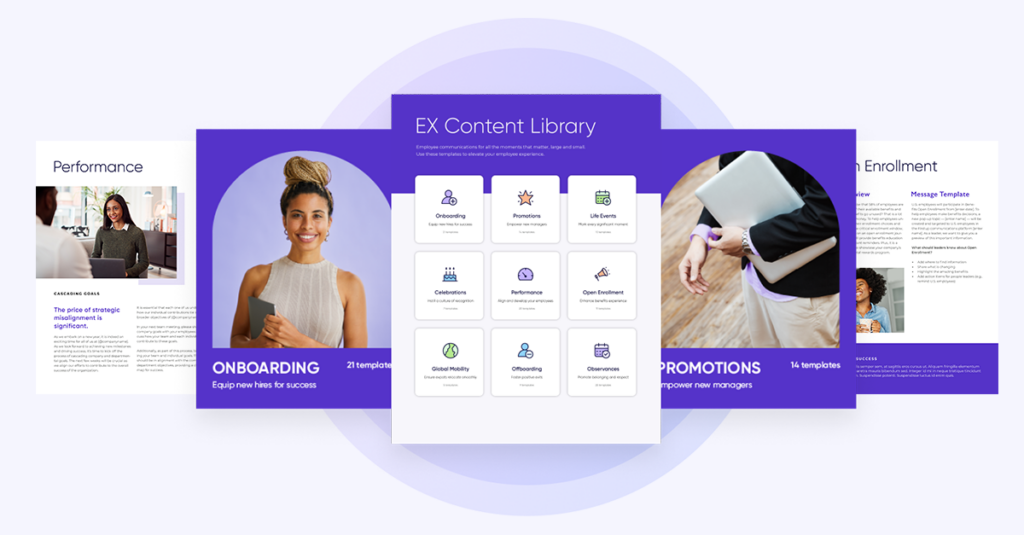The process of employee journey mapping involves a crucial step: creating employee personas. Much like sales and marketing teams craft customer personas to tailor messages and foster deep connections, HR and comms teams can apply the same planning principles to understand their diverse workforce and improve each employee’s journey.
Creating employee personas sets the stage for crafting meaningful employee journey maps and ultimately elevating the employee experience—delivering personalized, timely, and relevant communications at every stage. Let’s explore how this process equips you to deliver hyper-personalized campaigns that help you reach every worker, at the right time in their journey, and in the right channel.
Download our employee personas worksheet
We’ve created a worksheet to help you get started
Key Takeaways
- Effective employee personas help organizations move beyond a one-size-fits-all approach by identifying the distinct needs, behaviors, goals, and pain points of different employee types (e.g. frontline workers vs. corporate staff)
- Detailed personas serve as the foundation for journey orchestration by mapping how employees actually consume critical information.
- Employee surveys and focus groups provide essential data for developing personas that accurately reflect your diverse workforce.
- Well-crafted personas help identify and address employee pain points before they impact engagement and productivity.
- Senior executives can use persona-based strategies to ensure organizational initiatives reach and activate the right people through preferred channels.
- Employee personas boost employee engagement by delivering personalized experiences that resonate with each employee group.
What is employee journey mapping?
Before we dive into employee personas, it’s important to understand employee journeys. The employee journey begins with hiring and onboarding and expands to promotions, life events, and, ultimately, departure from the company. Every moment—from entry to exit—makes up the employee journey. How the employee feels during this employee journey can create either a positive or negative experience, and ultimately their engagement and your business outcomes.
An employee journey map combines the expected and unexpected moments into a visual representation and actionable framework tailored to your industry, enterprise, employees, and culture. It highlights the critical stages, key milestones, and necessary touchpoints for each stage.
Much like sales and marketing teams craft customer journey maps and measure customer engagement scores, organizations should apply the same principles to create a robust employee experience strategy centered on their employees.
The first step in creating an employee journey map is understanding your employee personas.
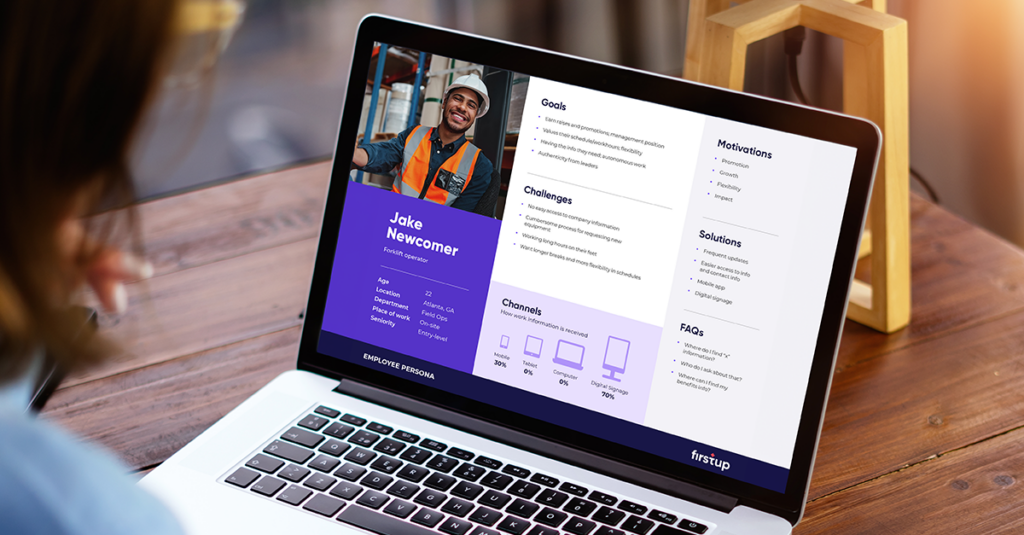
Creating employee personas
An employee persona is a profile of a fictional person who represents characteristics of an employee group.
Just like customers, your employees have different demographics, backgrounds, and experiences that shape their motivations and points of view. You’ll use the details you uncover and organize while creating these personas to start building your employee journey maps with more relevant and personalized messages, content, and experiences that resonate with workers.
Employee personas will also help identify opportunities for personalized engagement and areas for improvement throughout an employee’s journey with the company.
Employee personas drive effective employee experience strategies like workforce orchestration. With well-developed personas as your foundation, you can dynamically deliver tailored content and experiences across the right channels, ensuring every employee receives communication that resonates with their specific needs and preferences.
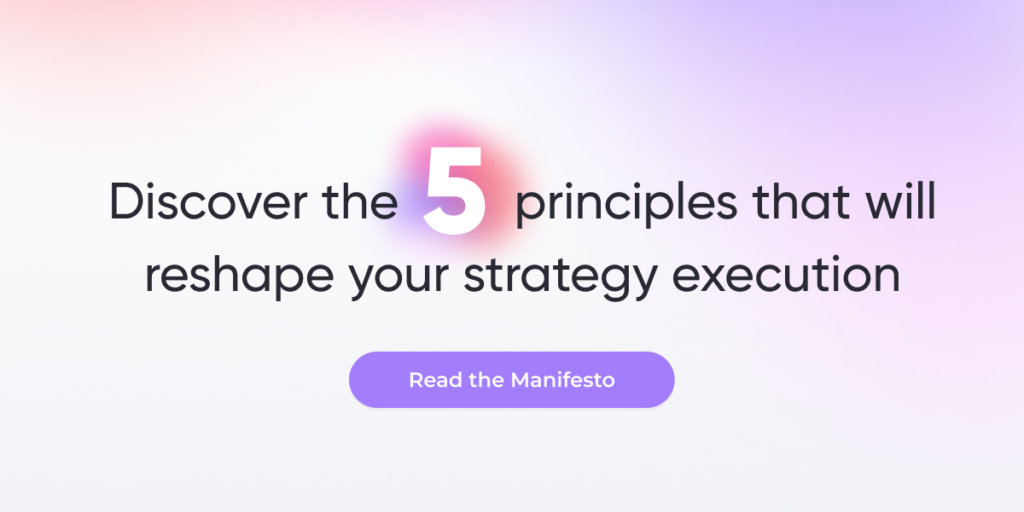
Employee personas often include:
- Demographics: These are key factual details such as where an employee works—remote, in-office, or a hybrid of both—as well as their country, state, city, or facility location. It could also encompass years in their position and whether they work part time or full time. Demographics can also include traits such as gender orientation, disability, race or ethnicity, or any group that could be marginalized.
- Department and role: Employees who are at a desk, on the front line, in the field, and/or in a union each need the right channels for communication delivery to ensure engagement. It’s important to understand “a day in the life” of each employee.
- Preferences: Each employee has their likes and dislikes and preferences for how they interact with technology and where they receive company information.
- Challenges: Documenting barriers to access and specific pain points on the job is an important piece of the profile. For example, do they have trouble accessing their benefits or finding information?
Belonging drives engagement
Charting the moments that matter
As you begin documenting the details of each persona, you’ll start to see how the employee journey may need to include different moments that matter across the timeline for various groups.
Consider the difference in mapping a journey for an incoming mid-career manager who works at a desk in the U.S. versus a newly hired manufacturing technician in Europe. They will travel different journeys through onboarding, open enrollment, and learning and development.
Many personas can be duplicated when you begin with similarities, but you will also find key differences when you consider what matters to each type of worker.
For example, what matters to a frontline manager is different from what a temporary holiday worker needs. Regardless of their role, you want to ensure they have a good experience so the manager builds a long-term career and the holiday worker returns year after year.
When creating personas, consider conducting research and talking to the various employee groups within your organization through interviews and surveys to get the most impactful and effective data to inform your journey development and decisions.
“Journeys, and moments that matter in particular, vary significantly based on personas and company context. It is therefore crucial to work with employees to identify these moments and their related pain points. Having employees help define personas reinforces the ‘human touch’ aspects of the work and helps create meaningful impact.”
The McKinsey Company
Additionally, using these carefully crafted personas as the foundation for workforce orchestration transforms static communications into dynamic, responsive experiences. This powerful combination allows organizations to not just understand employee needs but actively respond to them with precision and timeliness that traditional approaches simply cannot match.
Once you’ve finalized the personas for your organization, your team and company leadership will have a more detailed understanding of the unique employee groups that make up your workforce. By embedding these personas into your workforce orchestration strategy, you create a powerful system that delivers the right message to the right employee at exactly the right moment—turning strategic initiatives into coordinated action and measurably improving both engagement metrics and critical business outcomes.
FAQ
Employee personas are data-backed profiles that represent distinct segments of your workforce, documenting their demographics, communication preferences, technical access, and unique challenges to enable HR teams and leaders to deliver highly personalized, relevant experiences that boost engagement and drive strategic execution.
Employee journeys are comprehensive visualizations of every touchpoint an employee experiences from hiring through retirement, mapping key moments that influence engagement, satisfaction, and productivity, while providing organizations with a strategic framework to design effective communications and interventions at each critical stage.
Develop employee personas through a combination of demographic data, interviews, and workflow analysis to create accurate, actionable profiles that reveal both commonalities and key differences across workforce segments
Employee personas provide a structured way to understand different workforce segments, allowing organizations to create tailored experiences that address specific needs, preferences, and pain points throughout the employee journey.
Job title is a critical starting point for persona development as it often indicates communication channel access, information priorities, decision-making authority, and technology preferences that significantly impact communication strategies.
Employee engagement surveys provide quantitative and qualitative data about different workforce segments’ preferences, challenges, and satisfactions, creating a foundation for more accurate personas and revealing opportunities for targeted improvements.
Effective persona development naturally reveals pain points through journey mapping, allowing organizations to proactively identify and resolve friction areas before they impact engagement, productivity, and retention.
To develop employee personas for today’s complex work environments, organizations should combine traditional research methods with digital interaction analytics, technology usage patterns, and channel preference data to capture the nuances of remote, hybrid, and in-office experiences.
Download PDF
